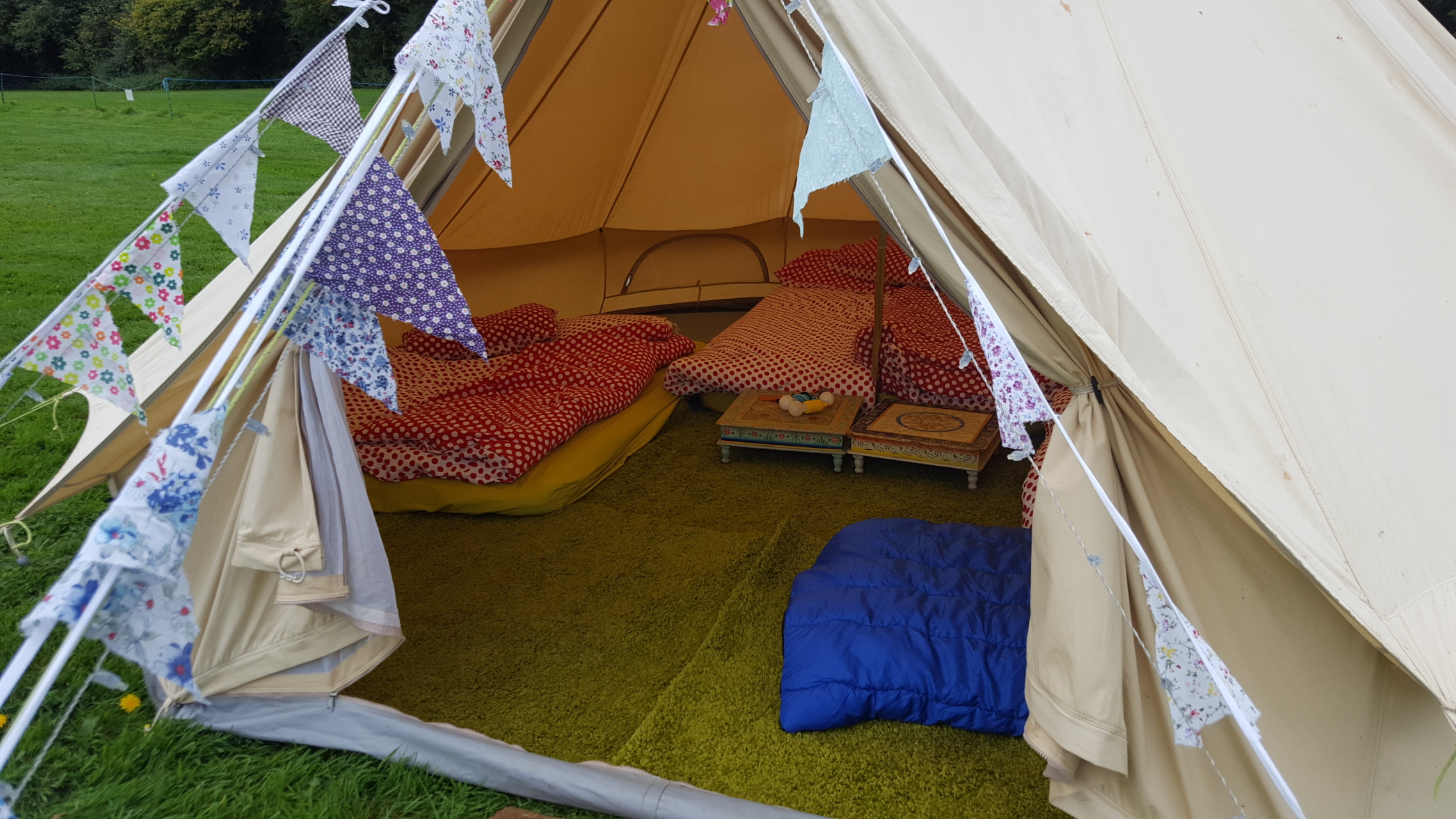

Strifeldt is a city dweller, a mild man with rimless glasses and a reserved air. The whole community had been in a state of panic, reindeer herders posting photos of a snowless tundra on Facebook. Winters have been getting gradually warmer in recent years, but the warmth when I visited was, he said, “extreme”.

“It gets very dark when we don’t have any snow,” said Strifeldt, ensconced in his modern office. Finally, there was some snow and finally the temperature was below freezing, even if only just. She, like everyone in Alta, was relieved. When I arrived, the receptionist was in a good mood. The entrance vestibule is a two-stage affair, like a submarine airlock, where you must pass through a bath of blasting hot air. And, as the Arctic heats up, that range is expanding fast.Īlta’s town hall is a modern timber-clad building radiating orange light. The downy birch dictates the terms of what can grow, survive and move in the areas in which it takes hold. Used by humans for tools, houses, fuel, food and medicine, it is home to microbes, fungi and insects central to the food chain, and it is critical for sheltering other plants needed to make a forest. It might be unprepossessing, even ugly, with its stumpy branches and pockmarked bark, but this tough little tree is a survivor and a pioneer, essential to nearly all life in the Arctic. Often found cooperating with pines and spruce at lower latitudes and altitudes, above a certain point the birch leaves the others behind and goes on alone for hundreds of miles. Its “down” is a soft coating of hairs that acts like a fur coat in the punishing cold. In the European Arctic, the birch is the leader of the pack.ĭowny birch is one of few broadleaved deciduous trees in the Arctic and it is hardier even than most conifers. The trees used to creep forward a few centimetres every year now they are leaping north at a rate of 40 to 50 metres a year. It is these trees that had brought me here, to the office of Hallgeir Strifeldt, the director of planning for the municipality of Alta, at 9am on a Monday in the middle of winter.Īs the planet warms, the Arctic treeline is accelerating towards the pole, turning the white landscape to green. Intermingled with the pines were shorter, ragged-looking trees with lumpy trunks, wizened branches and fine twigs like gnarled fingers: Betula pubescens, downy birch. Normally at this time of year it isn’t safe to be outside for long without wearing animal skins, but on the day of my visit it was only -1C.Īll along the road to the city centre were rows of young Scots pines, their orangey bark contrasting with the fresh dusting of snow. It is a landscape of shopping malls, gas stations and spaced-out residential suburbs. Alta is a town built along American principles – that is to say a town built for a world in which petrol is cheap and cars are taken for granted. On the way to city hall from the guesthouse, I spied few pedestrians. The sun never rises, the day is permanently on the verge of breaking. The people and animals that live here are trying to make sense of the rapid changes with a mixture of confusion, denial and panic.ĭawn at 70 degrees north during winter lasts nearly the whole day. Here at sea level the most northerly trees in Europe are moving upslope, gobbling up the tundra as they go. Alta is a relatively large town in the Finnmark province, the crown of the horse’s mane that forms Norway’s jagged coastline and Europe’s northern shore. A ltafjord is a wide expanse of black water on the edge of the Barents Sea, ringed with mountains.


 0 kommentar(er)
0 kommentar(er)
